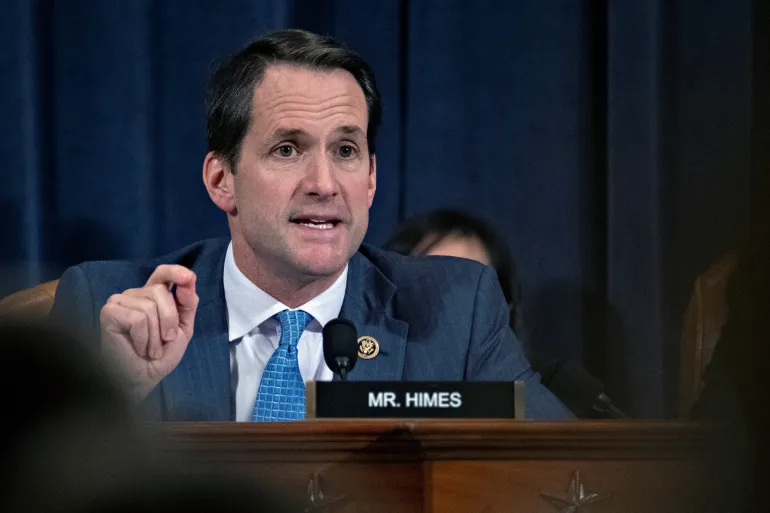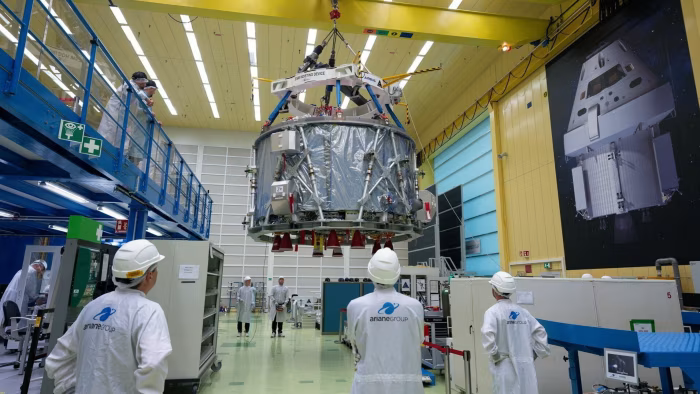The European Space Agency (ESA) is preparing for possible disruptions to its key lunar projects following the Trump administration’s review of NASA’s Artemis program, which has been a central element in Europe’s plans for lunar exploration, the Financial Times reports.
The Artemis program, which aims to send humans back to the Moon and beat China in the process, heavily relies on international cooperation, particularly with the United States. However, recent developments indicate that the US may be reassessing its commitments to some of the program’s major elements.
Daniel Neuenschwander, ESA’s head of robotic and human exploration, acknowledged that “changes are taking place on the US side” and stressed the importance of ongoing discussions with NASA about the future of their collaboration.
“We will sit with our NASA counterparts and assess what it means for our cooperation,” Neuenschwander said. “I am aware that these discussions may become more transactional than in the past. Europe will be prepared.”
The review of NASA’s spending is being led by Elon Musk’s Department of Government Efficiency (Doge), which has begun scrutinizing various projects, including the nearly $100 billion Artemis program. Concerns over the program’s cost and viability have already led to job cuts at Boeing, with up to 200 positions affected by delays and budget issues related to the Space Launch System (SLS), the primary rocket for Artemis missions.
One of the most significant parts of the Artemis program at risk is the Lunar Gateway, a space station designed to orbit the Moon. The Gateway is meant to serve as a hub for international collaboration, with major components being supplied by ESA, Japan, Canada, and the UAE. However, the project has faced criticism in the US, even from prominent figures such as Apollo 11 astronaut Buzz Aldrin. Some question the need for the Gateway, especially with Elon Musk’s Starship rocket, which may render the space station redundant due to its ability to remain in lunar orbit for extended periods.
Despite these concerns, Starship is still in the testing phase, and it may not be ready for crewed lunar missions for some time. In the meantime, some experts argue that the SLS and Orion spacecraft, although over budget and behind schedule, remain the only viable option for meeting the goal of sending humans back to the Moon ahead of China.
The Artemis program’s delays and cost overruns have been a point of contention, with estimates suggesting that the SLS rocket could cost $23 billion through 2028, and each launch may exceed $4 billion. Given these challenges, there is growing discussion within NASA about pivoting to a more affordable and sustainable commercial space program. This shift could still allow the US to meet its goal of returning humans to the Moon before China, but it may also lead to a reduction in some of the more traditional, government-led projects within Artemis.
Europe is particularly dependent on the Artemis program for its lunar aspirations, as it plays a significant role in supplying the Orion crew capsule’s service module and contributing key habitation elements to the Lunar Gateway. In return, Europe expected NASA to send three European astronauts to the Gateway. However, with the future of the Artemis program in question, the ESA is considering alternative collaborations, such as strengthening ties with India, which has its own ambitions for a manned Moon mission by 2040. ESA may also accelerate plans for European robotic lunar explorers to ensure its continued involvement in lunar exploration.
As ESA officials prepare for potential changes, they are also preparing to discuss the situation at the agency’s ministerial meeting in November, where they will decide on budgets for the next three years. The ESA is aware that the financial and strategic landscape of lunar exploration may be shifting, and they are ready to explore new avenues to continue Europe’s contributions to space exploration.
Despite the uncertainties, NASA has reiterated its commitment to international partnerships, emphasizing that such collaborations have been crucial for the success of both the International Space Station and the Lunar Gateway. The US space agency stated that these partnerships not only support American industry but also strengthen the US’s global leadership in space exploration.










The latest news in your social feeds
Subscribe to our social media platforms to stay tuned